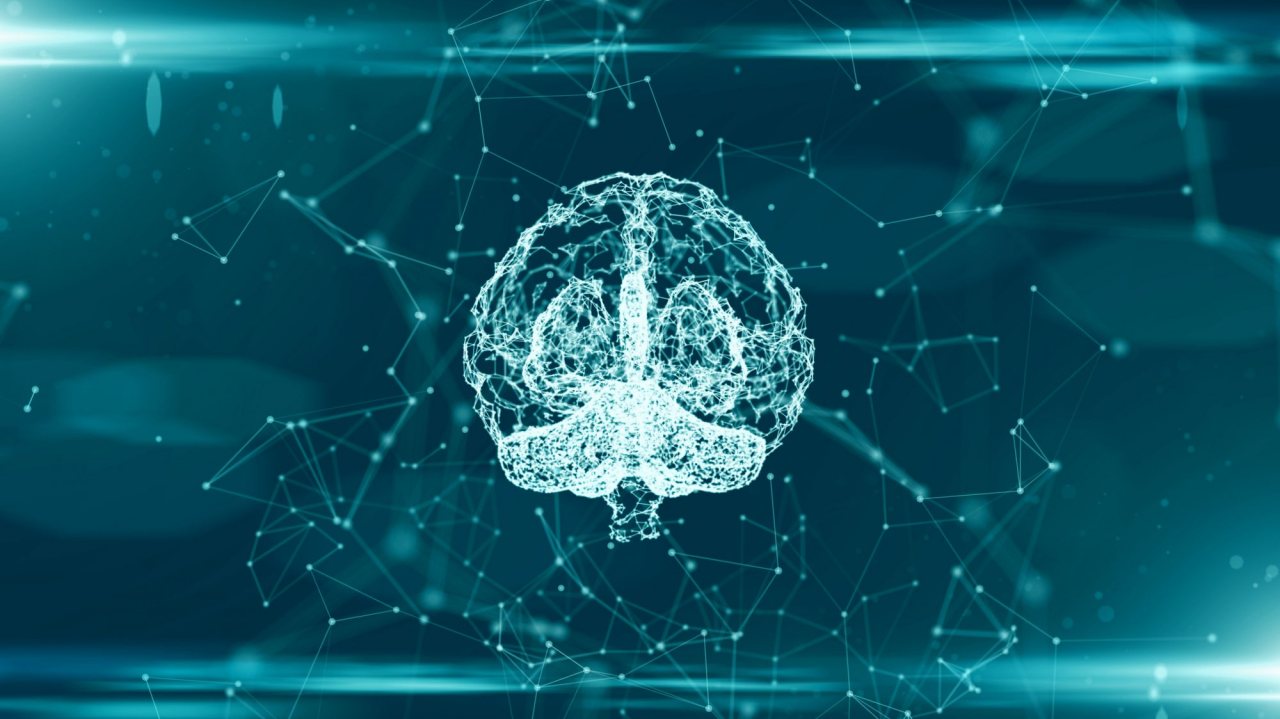The ability to transport oneself to other places or moments with one’s thoughts was, until now, an ability thought to be reserved for humans, but a group of researchers discovered that rats also have imagination.
To achieve this discovery, scientists at the Janelia Research Center of the Howard Hughes Medical Institute, in Virginia (United States), developed a kind of “thought detector”, capable of measuring, in real time, the neuronal activity of rats and translate its meaningthis medical institute revealed this Thursday.
The system combines 360-degree virtual reality and a brain-machine interface (BMI) to probe rats’ internal thoughts by measuring electrical activity in the hippocampus, the region of the brain where memories are stored and generated.
When the brain is remembering, there is specific activity in the hippocampus related to this activity, but so far it has not been detected in animals.
The system allowed the researchers to see how, like humans, when rodents experience places and events, specific patterns of neural activity are activated in their hippocampus.
The scientists thus discovered that a rat can activate the activity of the hippocampus by simply thinking about a place, without physically moving, that is, by imagining it.
As the first phase of the experiment, the researchers created a kind of “thinking dictionary” that allowed them to decode the rat’s brain signals when it experienced something.
Then they carried out two tests, which were “baptized” with cinematographic names.
In one of them, called “Jumper”, in homage to the film and book whose protagonist has the ability to teleport, the mouse was introduced into the system and while it walked on a spherical belt, its movements were reflected on the 360 degree screen. degrees. . When he achieved his goal, he was rewarded.
The system recorded the activity of the rat’s hippocampus and showed how its neurons activate when the rat “navigates” to reach the target.
The end result is that the animal uses its thoughts to reach the reward, first thinking about where it should go to get it, an imaginative process that people experience regularly.
In the second experience, called “Jedi,” in homage to the Star Wars saga, the mouse fixates on a virtual location and moves an object to a location by thought alone, in the same way that someone sitting down can imagine getting up. He picks up a cup of coffee, not moving.
The researchers then changed the target location, requiring the animal to produce activity patterns associated with the new location.
The team found that mice can precisely and flexibly control hippocampal activity, just like humans.
Furthermore, animals can maintain this activity in the hippocampus for several seconds, a time similar to the time it takes for humans to relive past events or imagine new scenarios.
“Imagining is one of the most extraordinary things we humans can do. Now we discovered that animals can also do this and we found a way to study it,” said one of the researchers, Albert Lee.
The study also demonstrated that the brain-machine interface (BMI) system can be used to probe hippocampal activity, representing a major advance in the study of this important brain region.
Source: Observadora
